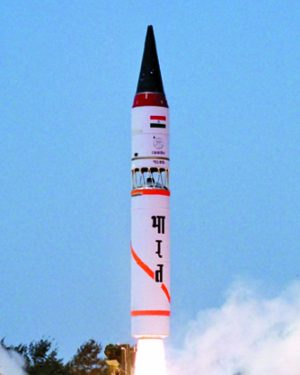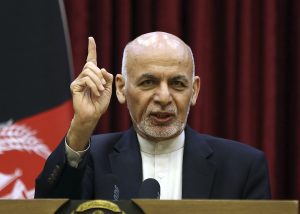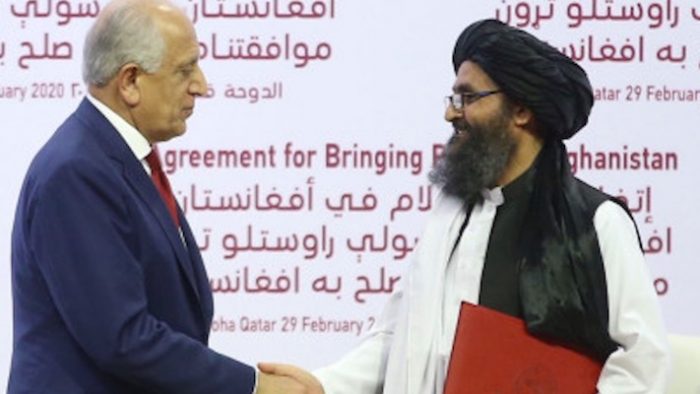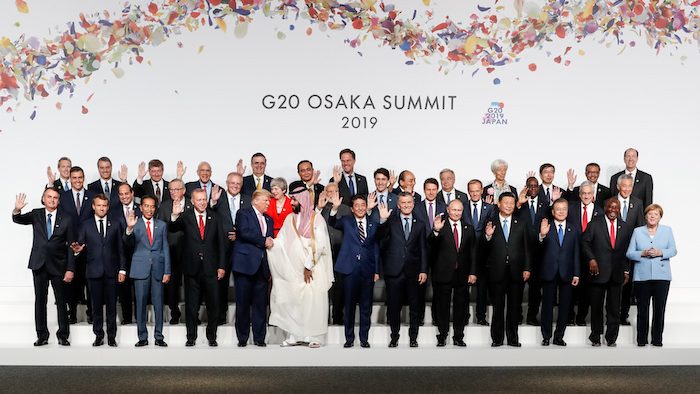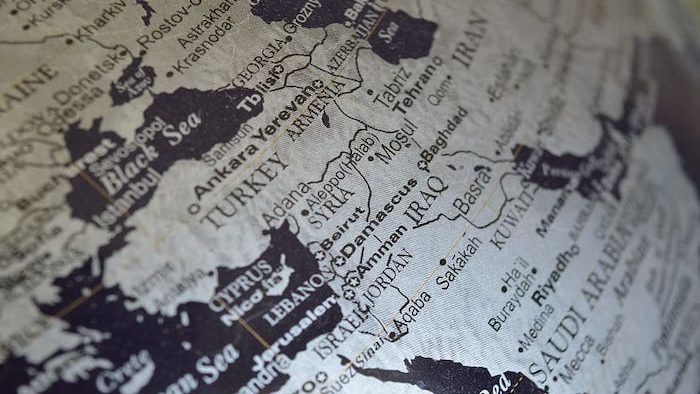By Ankit Panda
With both countries professing nuclear policies of No First Use, India and China don’t talk to each other much about their nuclear weapons forces. China, indeed, still sees India’s possession of nuclear weapons as a state outside of the Treaty on the Nonproliferation of Nuclear Weapons as unacceptable and New Delhi, meanwhile, sees Beijing’s arsenal as a continued source of concern for its self-professed pursuit of a credible minimum deterrent. Neither side takes the other’s assurances on No First Use at face value — and thus nuclear competition persists in southern Asia, with the dyad between China and India existing alongside the much more discussed India-Pakistan nuclear relationship.
Despite the importance of the nuclear competition between these two countries, with their populations amounting to more than 2.8 billion people, there are few good resources on how and where the two sides have postured their nuclear forces. A new interactive presentation published this week by the Belfer Center for Science and International Affairs at the Harvard Kennedy School provides an excellent top-level view of the nuclear relationship between the two countries and how the sides manage their postures. The authors, Frank O’Donnell and Alexander K. Bollfrass, have meticulously mapped out the known strike ranges of delivery systems available to both sides — based on publicly available information — and also provided maps detailing where specific units are based.
